There are many vestigial organs in the body that seem to be useless and do not perform any function in the human body. Some scientists believe that these features are proof of evolution. Rudiments were needed by our ancestors, but for modern man they are superfluous.
Outer ear
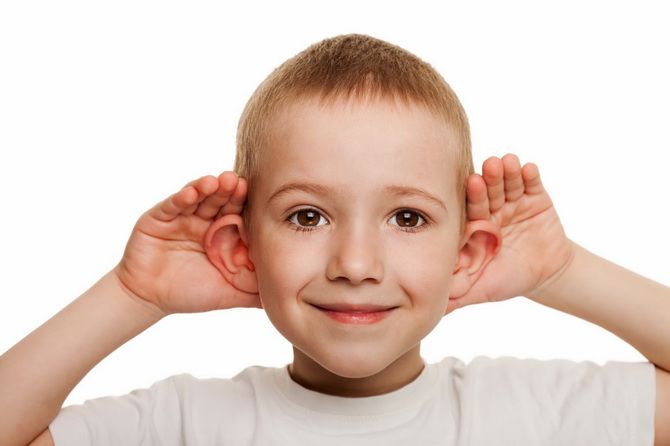
In many mammals, the outer ear acts like a satellite dish, amplifying sound to pass through the ear. This is why some animals can rotate their ears. But people can hear without the outer ear, and they cannot move them. Those that can wiggle their ears retain remnants of this ancient function.
Long palmar muscle
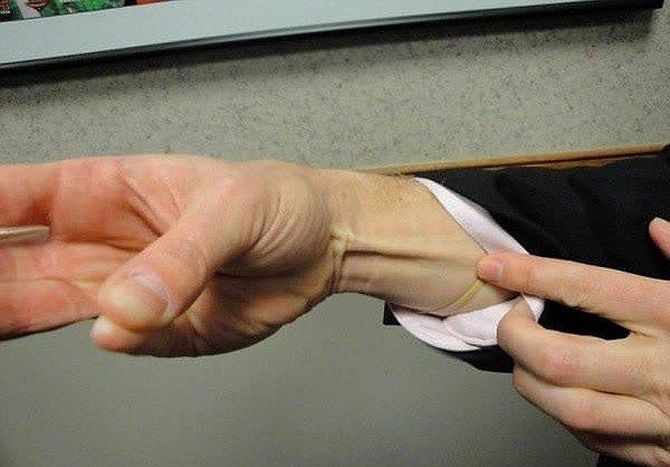
The long palmar muscle (Palmaris longus) is one of the most unnecessary parts of the body. It runs from the wrist to the elbow and supposedly helps increase grip strength. The muscle is present in arboreal animals such as monkeys and lemurs and helps to jump from branch to branch, but is completely useless for humans.
Wisdom tooth
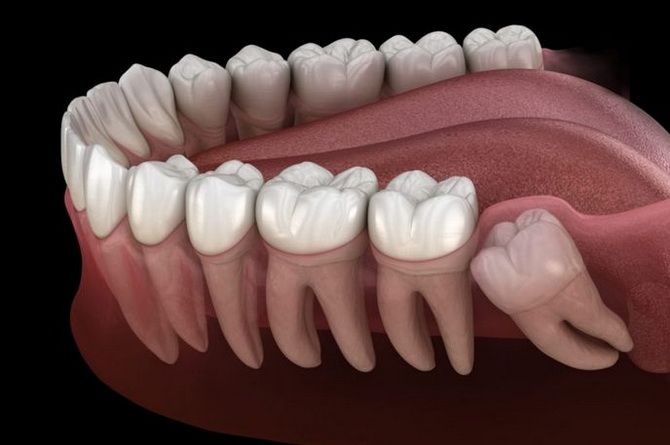
Although today they are considered unnecessary parts of the body, scientists believe that wisdom teeth once served an important function. Throughout history, human jaws have shrunk, leaving no room for these extra teeth. Experts believe this may be due to effective oral hygiene. Young people in previous eras might have lost a few teeth by the time their wisdom teeth erupted, so they replenished. Today, there is too little room for them in the mouth, and they are often removed.
Tonsils
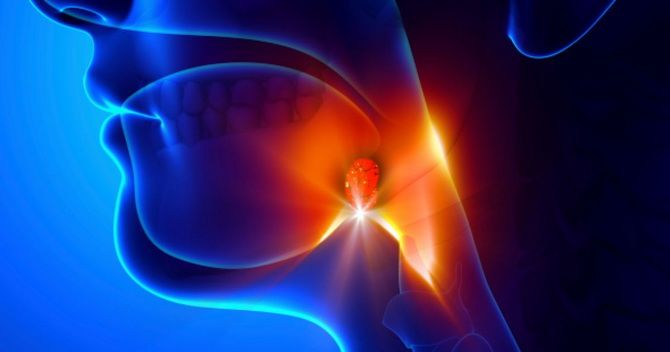
There are three types of tonsils: the lingual tonsil at the back of the tongue, the adenoids behind the nose, and the palatine tonsils at the back of the mouth. Although the tonsils act as an important line of defense, preventing infection from entering the body, they are themselves prone to infection and can block the airways when inflamed. People who develop frequent tonsil infections often have their tonsils removed, a procedure that is especially common in children.
Appendix
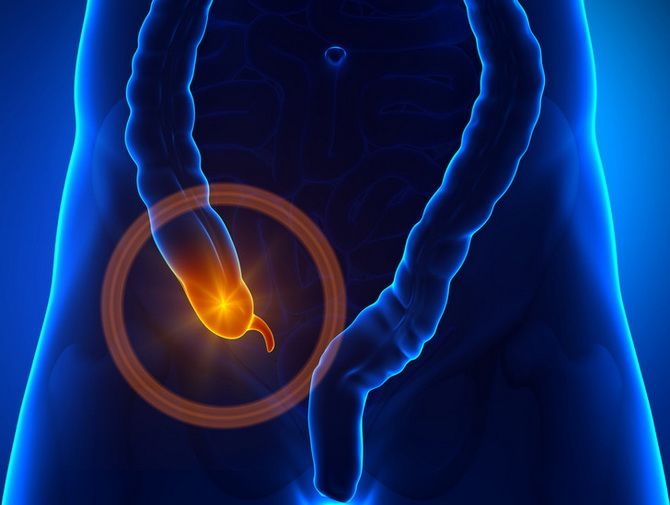
The most famous vestigial organ is the appendix. This small process attaches to the large intestine in the lower right side of the abdomen. Once its purpose was to help the body digest fiber, but when the ancient people abandoned the all-plant diet, the need for it greatly decreased.
Arrector pili muscle
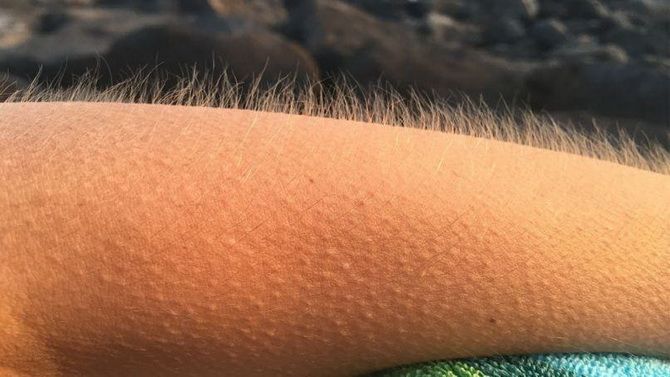
Arrector pili are small, smooth muscles in the skin that are most visible when you’re feeling chills or when you’re feeling intense emotions. Goosebumps appear when the Arrector pili muscles begin to contract. This reaction in ancient times raised thick body hair in order to appear more threatening or to retain heat.
Coccyx
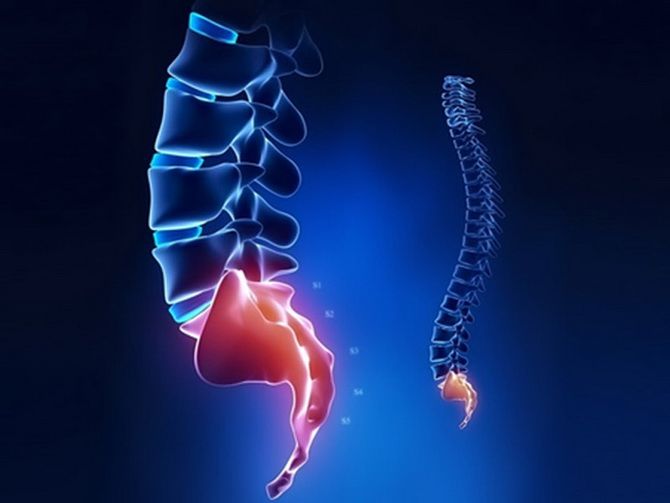
The coccyx may be a true relic of human evolution. It consists of four coccygeal vertebrae and is thought to be the remains of an ancestral tail. The coccyx develops at the beginning of fetal development along with the caudal eminence, which once turned into a tail. In the process of evolution, the caudal tubercle disappeared, but the coccyx remained.
Male nipples

Male nipples serve no functional purpose, but their origins may surprise you. Like the coccyx, this part of the body dates back to the period of intrauterine development. In early pregnancy, the fetus is asexual and nipples develop in both male and female fetuses. Later, if the fetus is female, the nipple and mammary gland tissues develop further.
Jacobson organ

One of the most interesting parts of the body that we don’t need is the vomeronasal or Jacobson’s organ. In some mammals, amphibians and reptiles, this organ detects pheromones. These sac-like organs are located in the nasal cavity above the palate. There is conflicting evidence about whether a chemical bond occurs between this organ and the human brain. Even if it exists, it seems that most of us have lost the ability to consciously use this information.




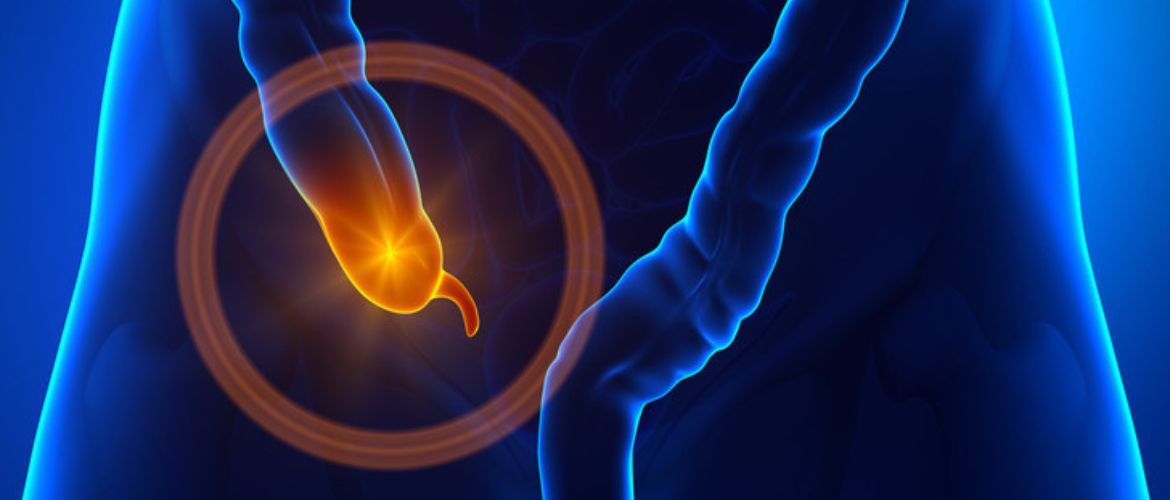


Only registered users can leave comments